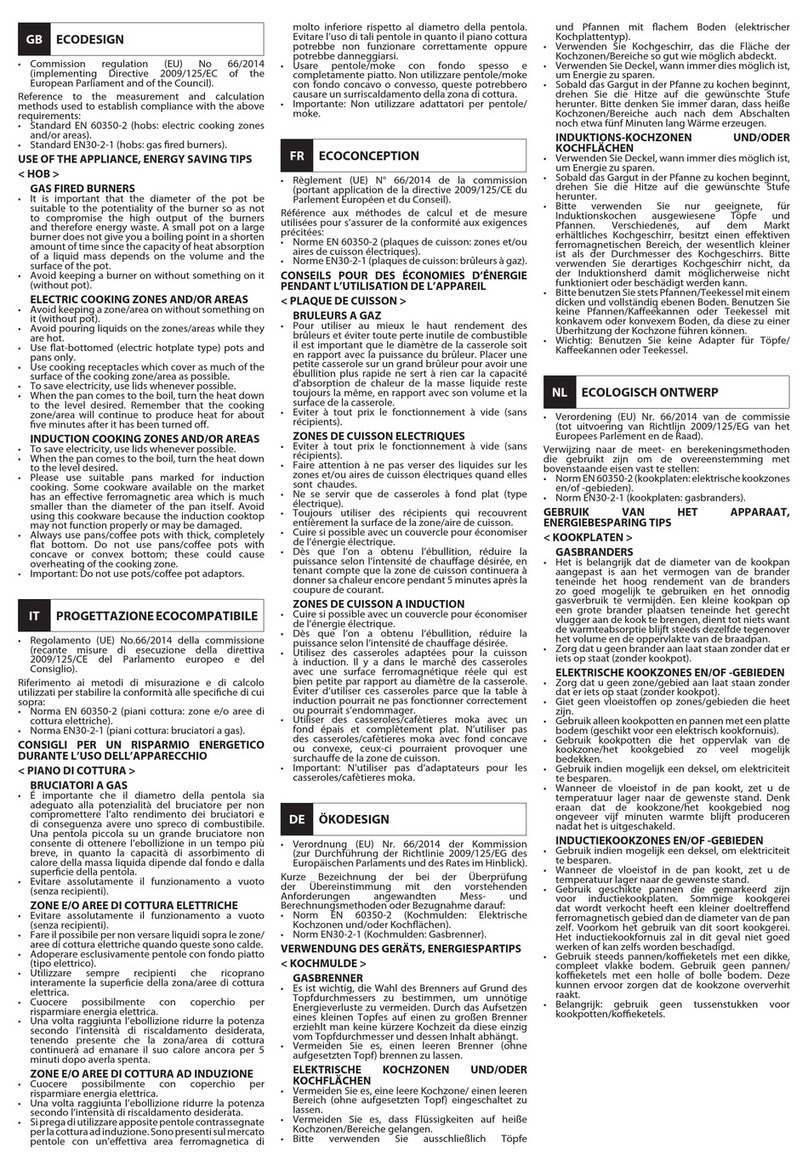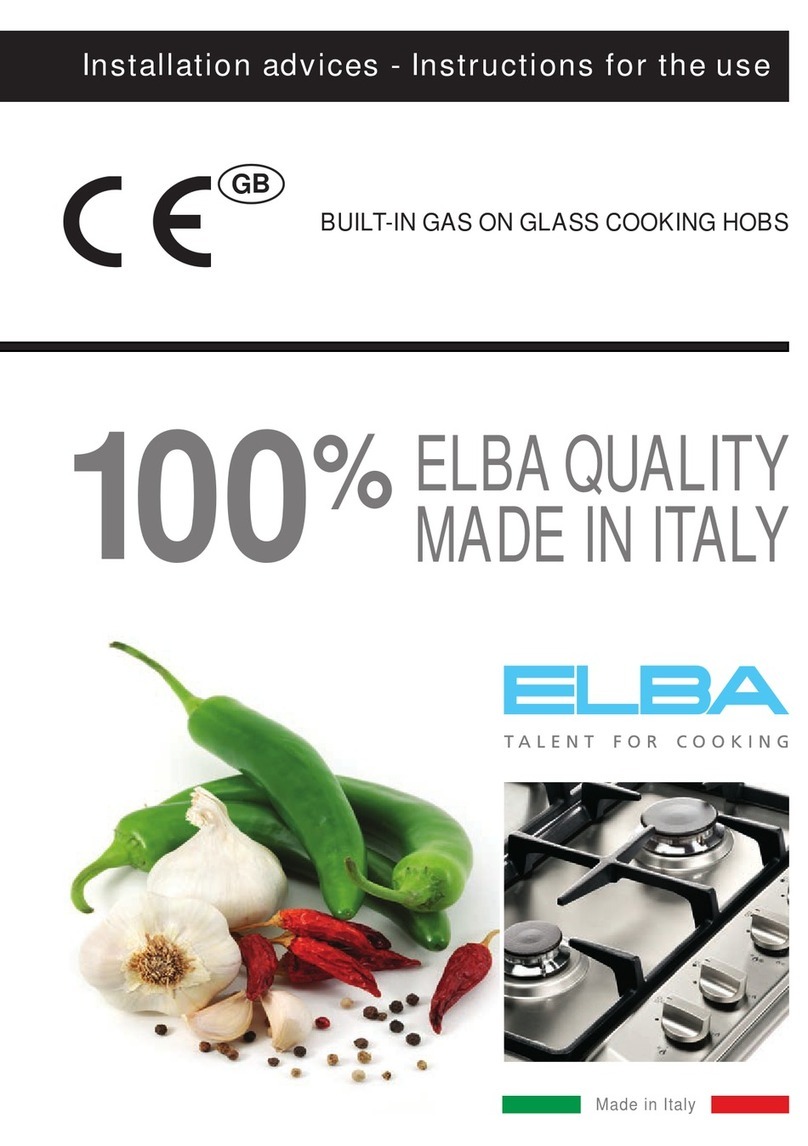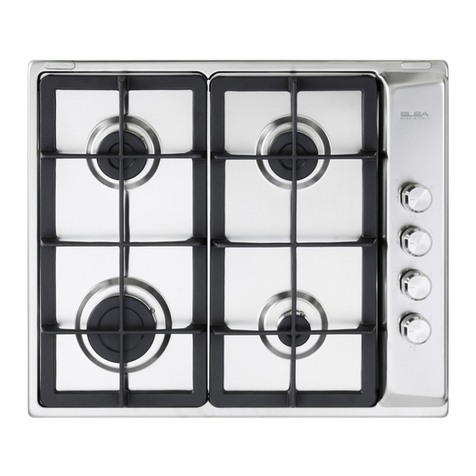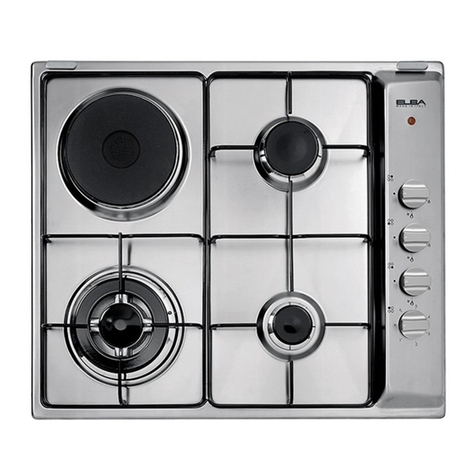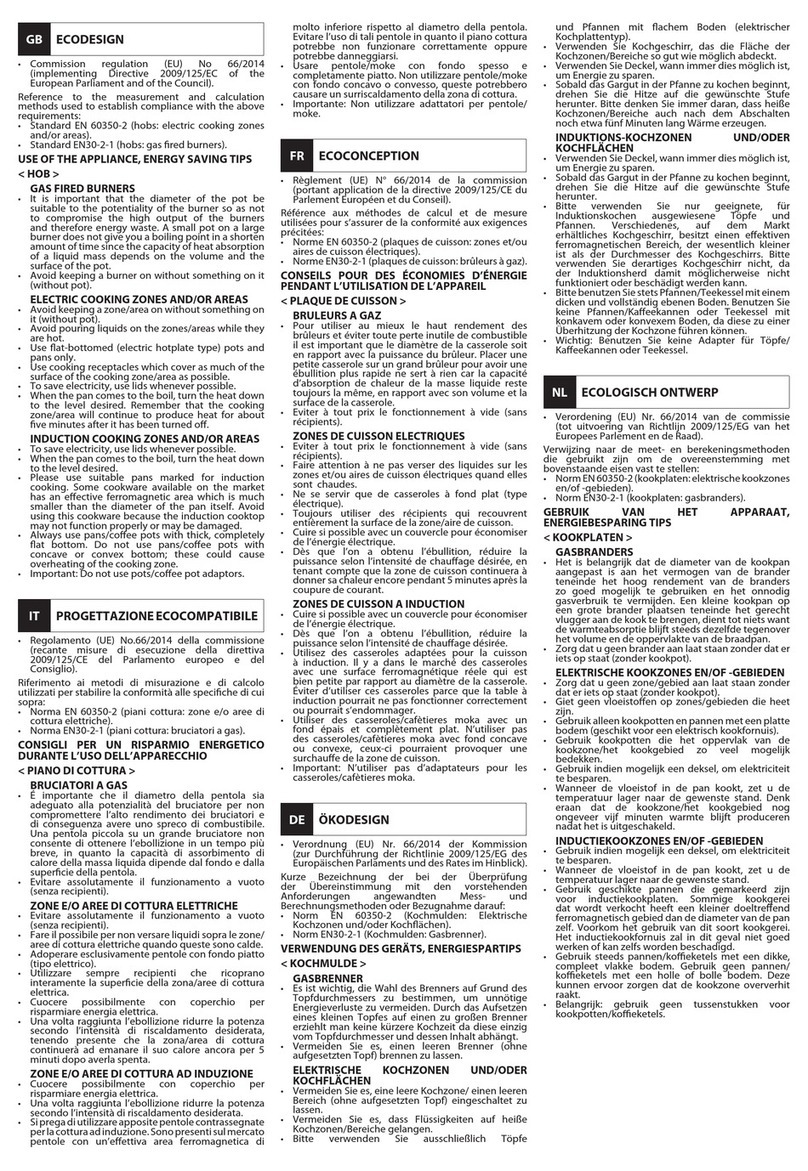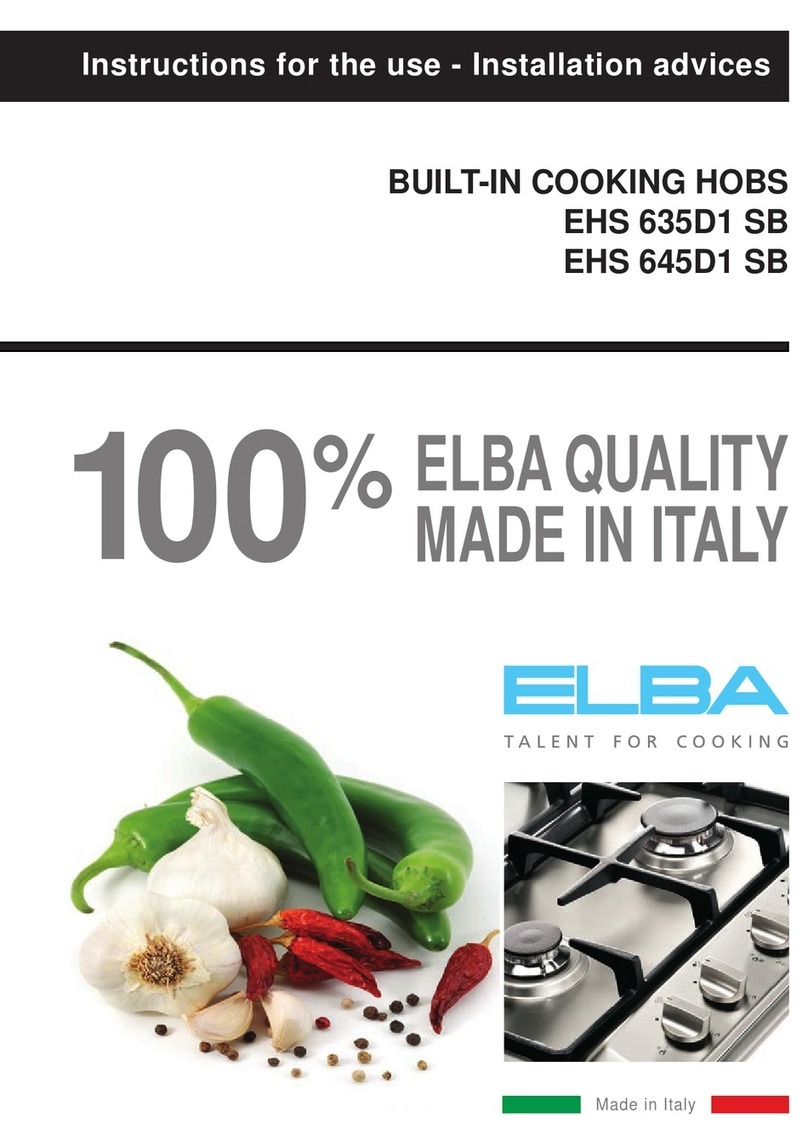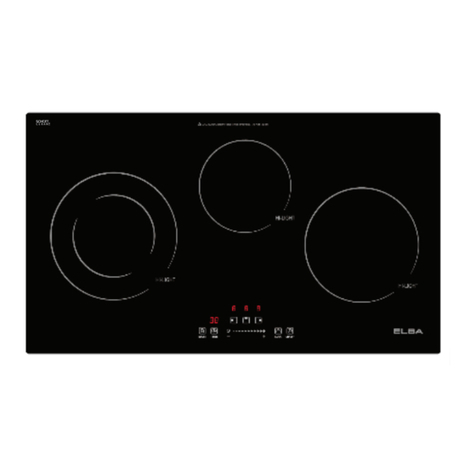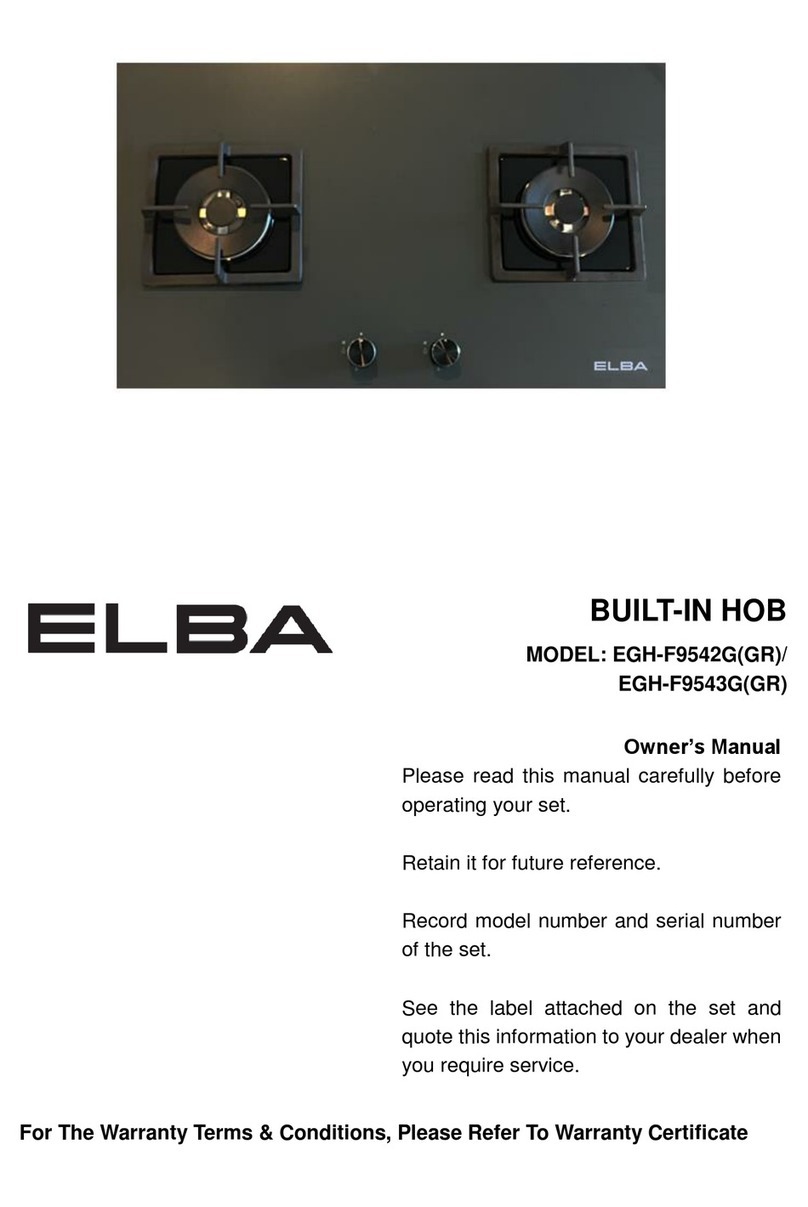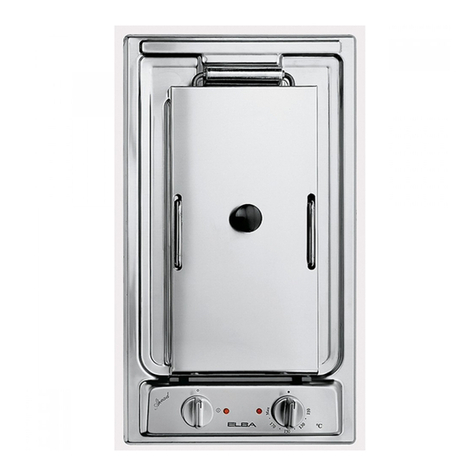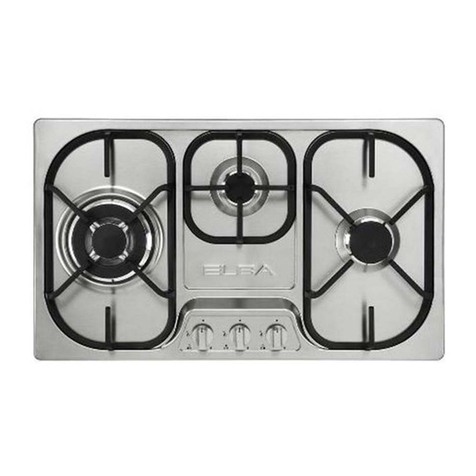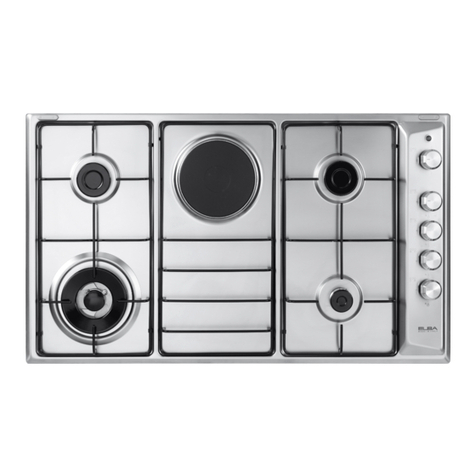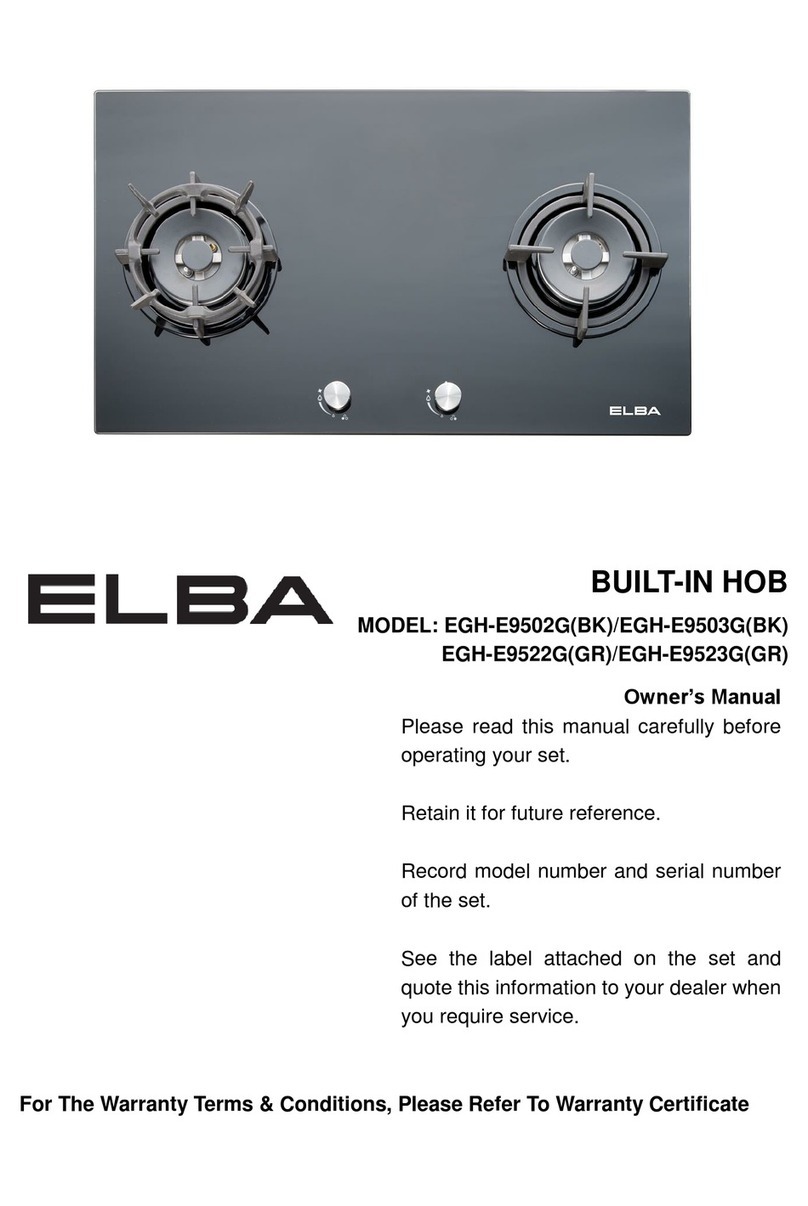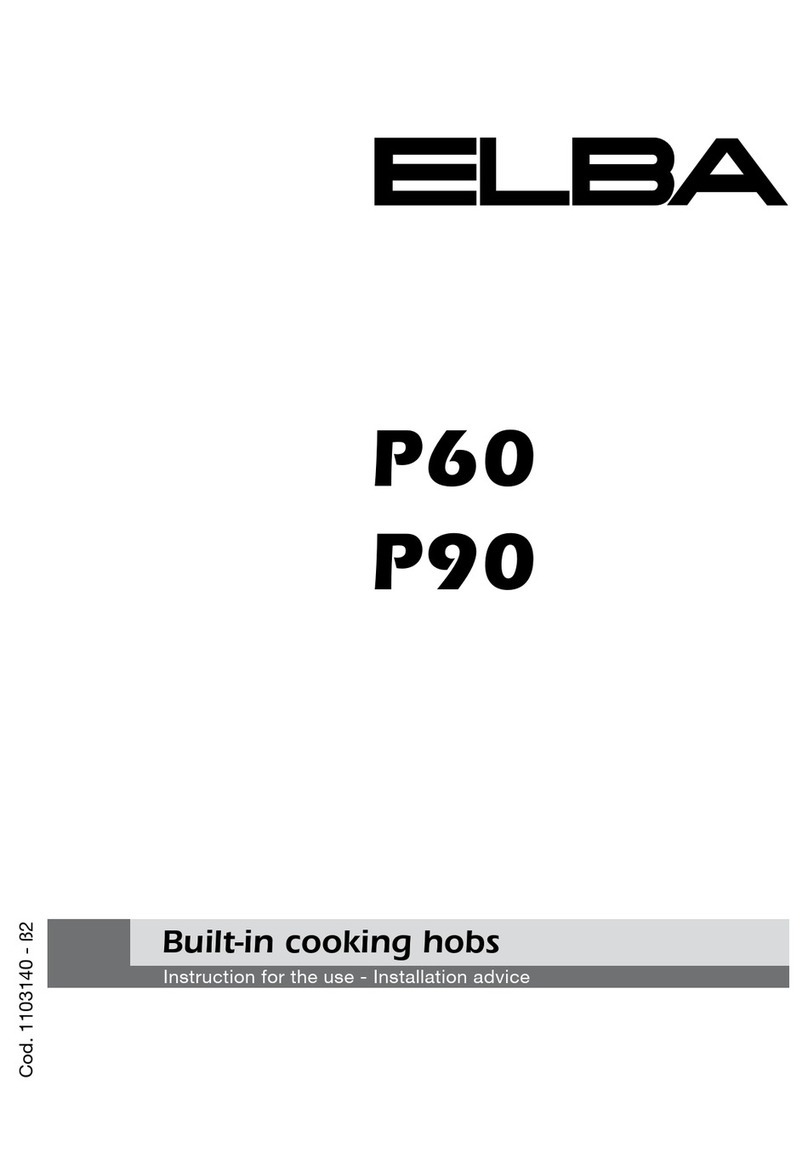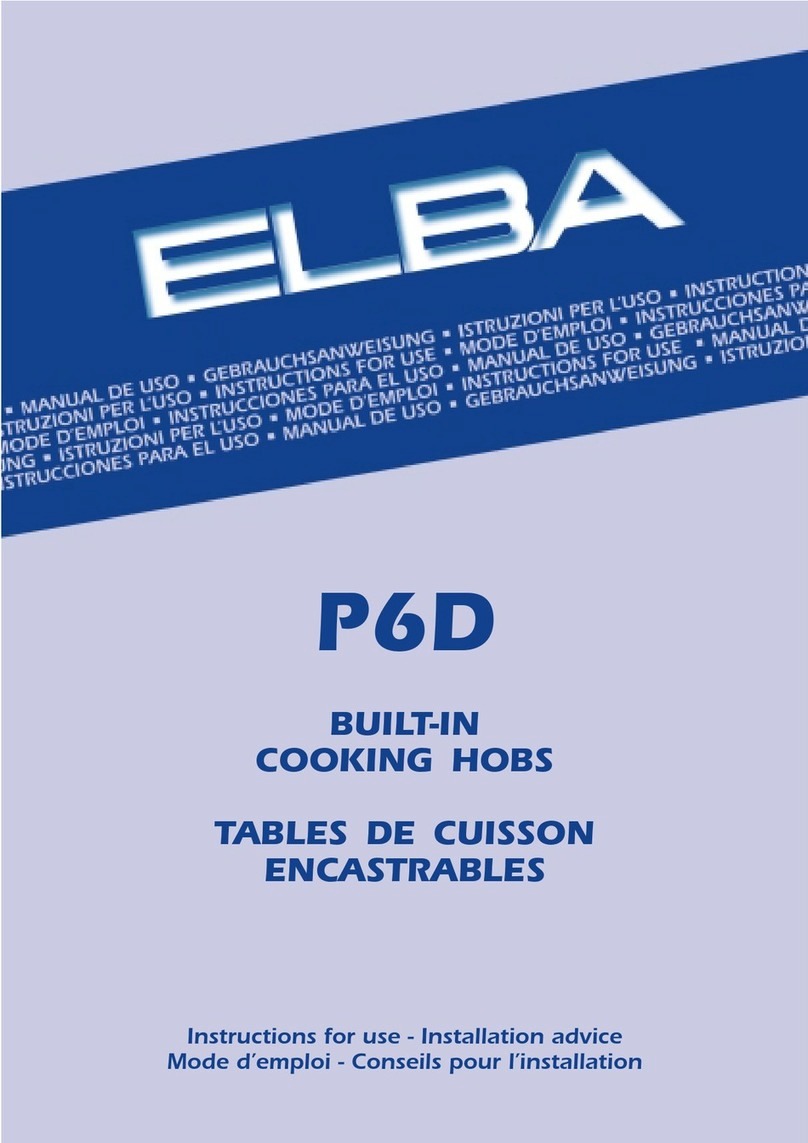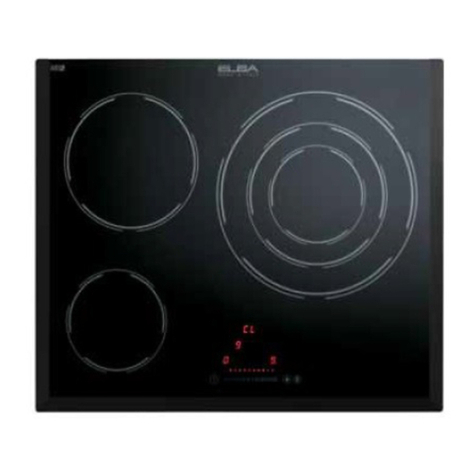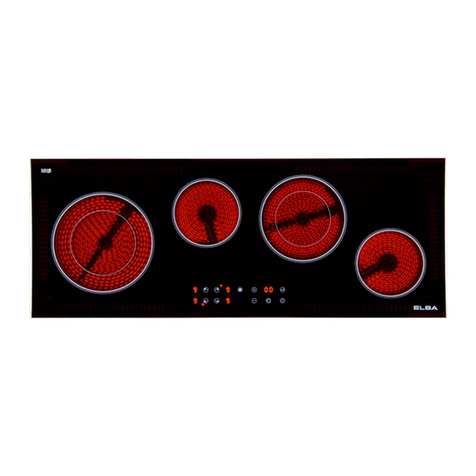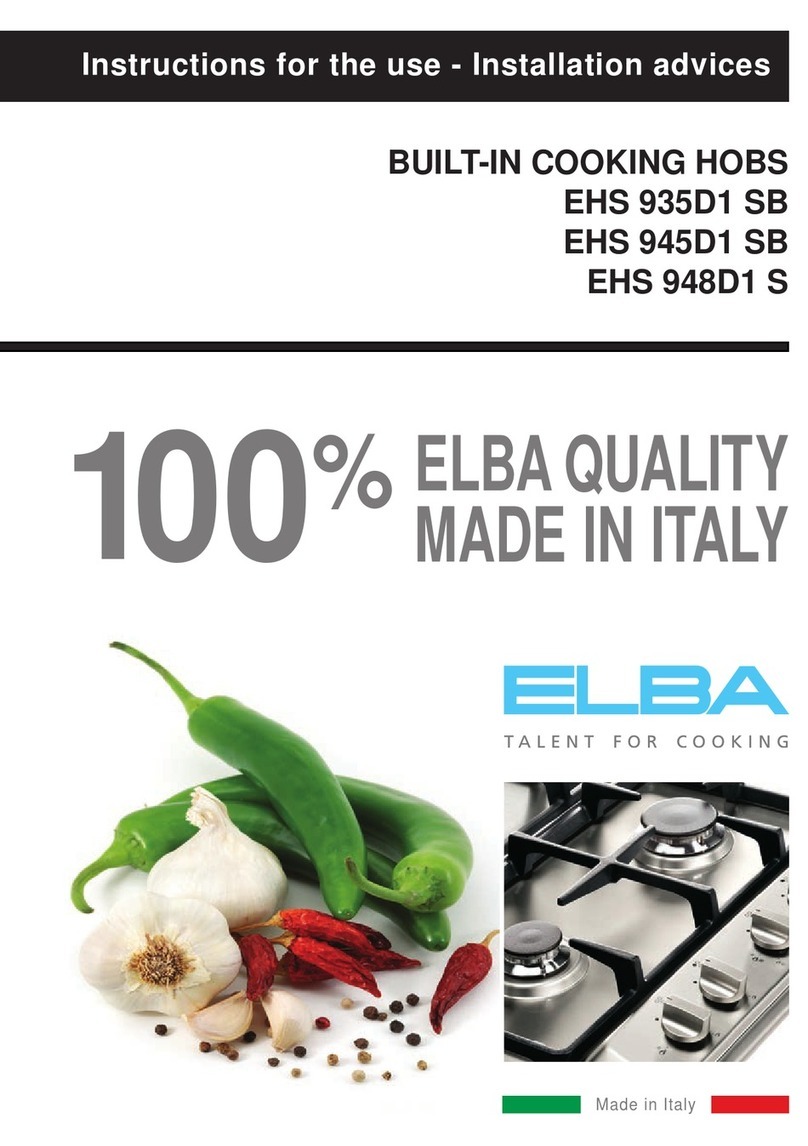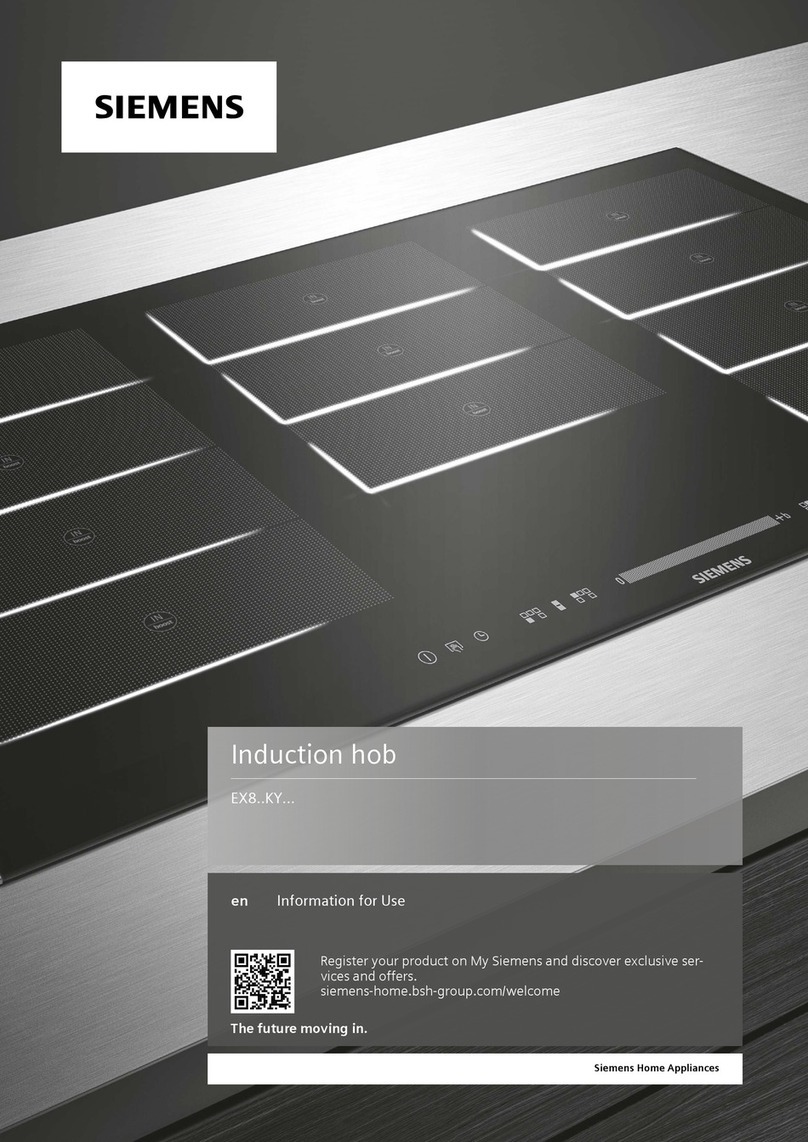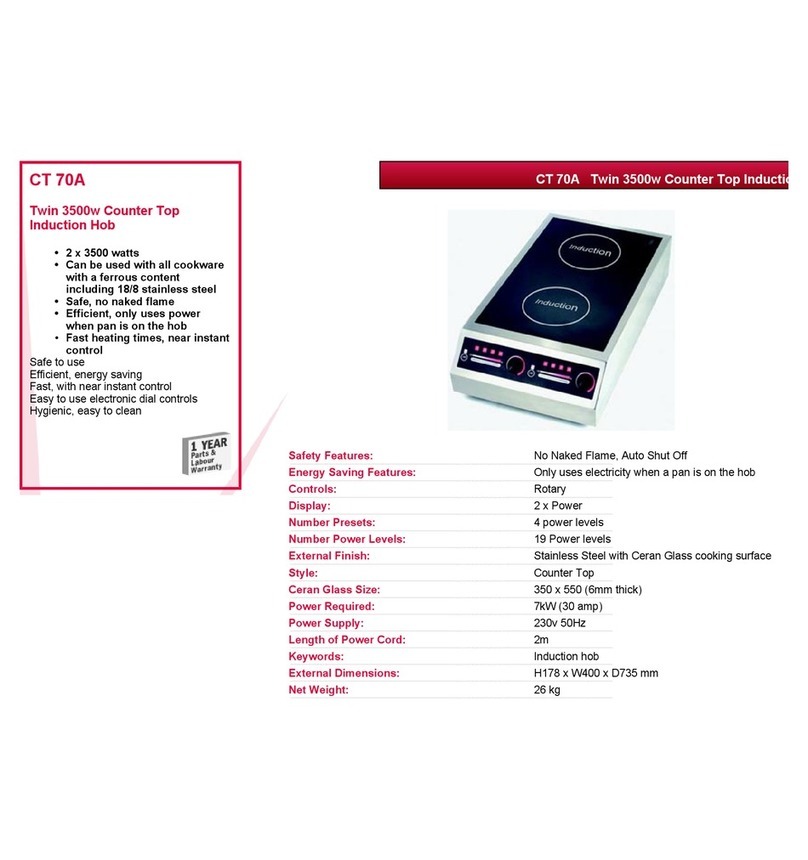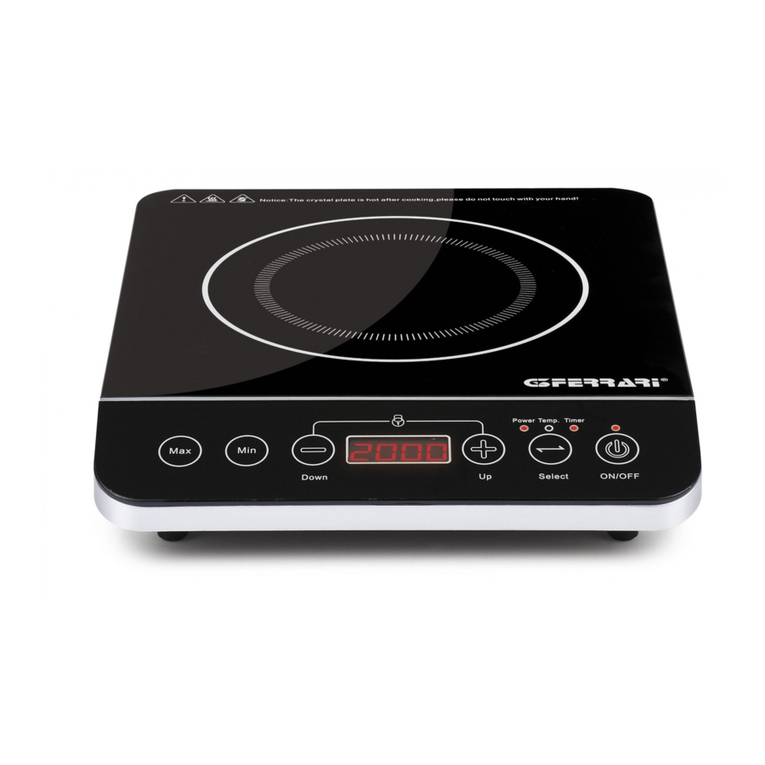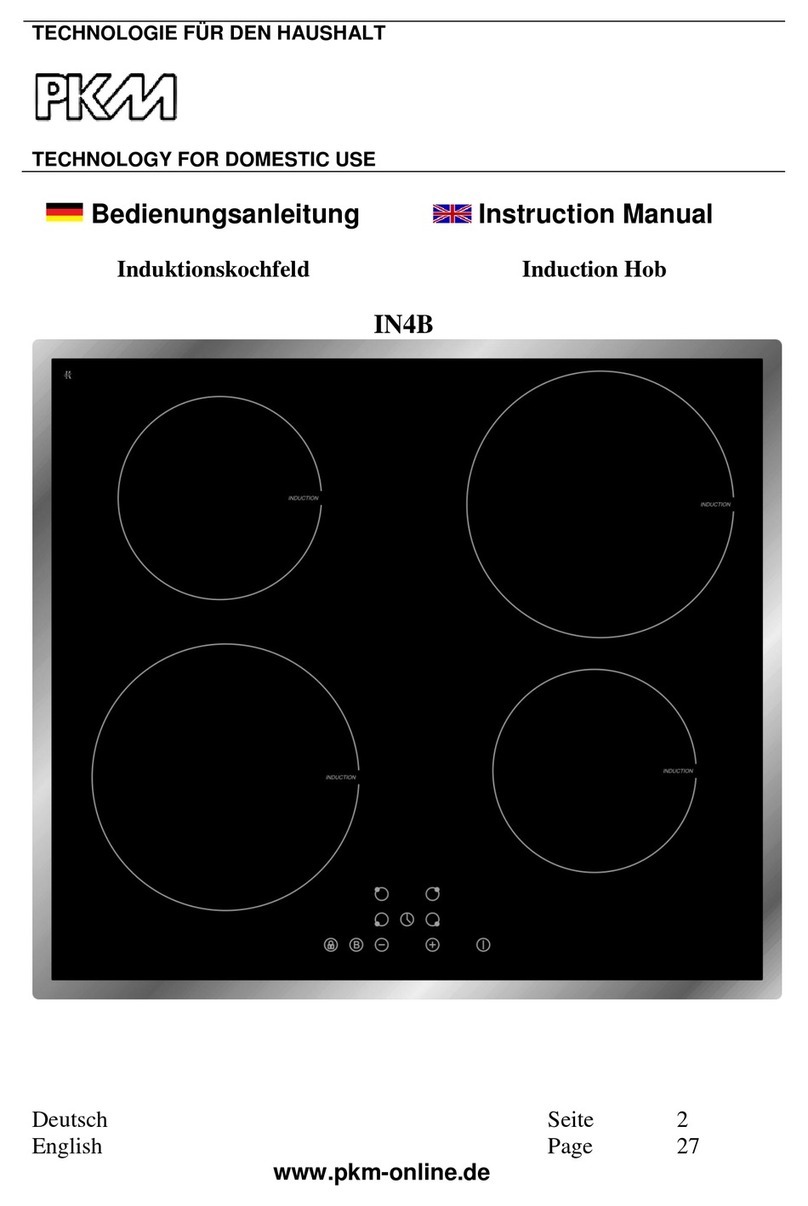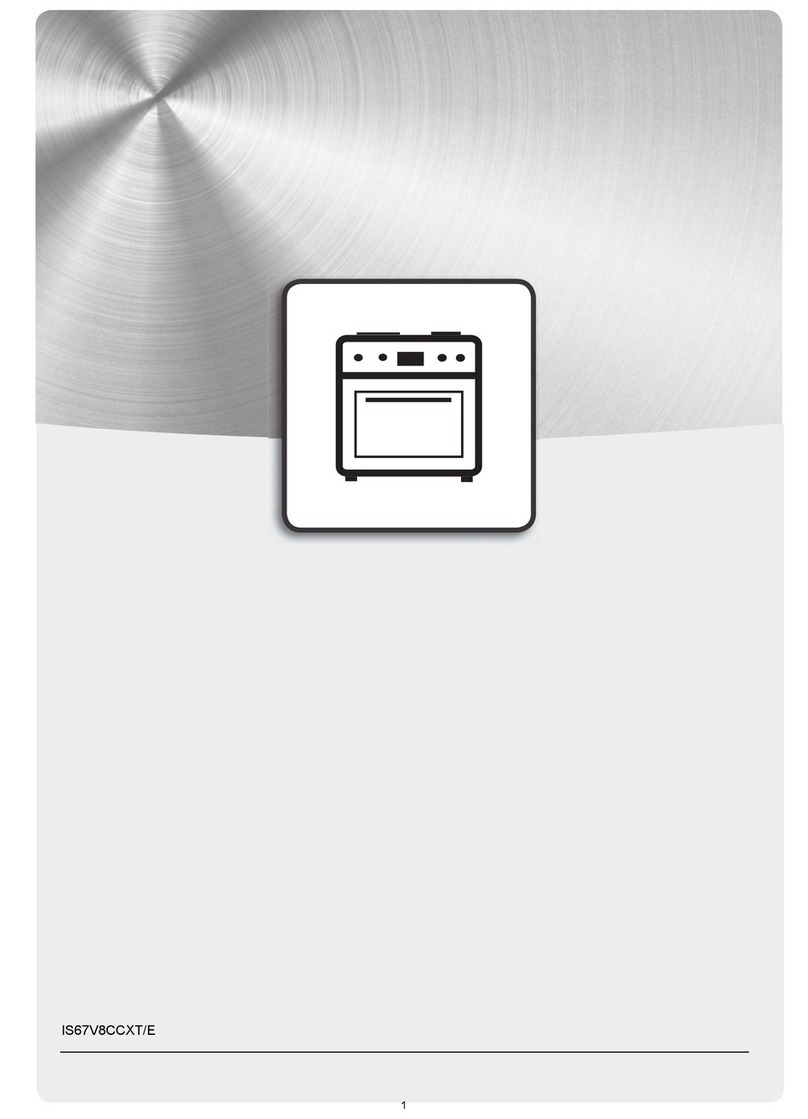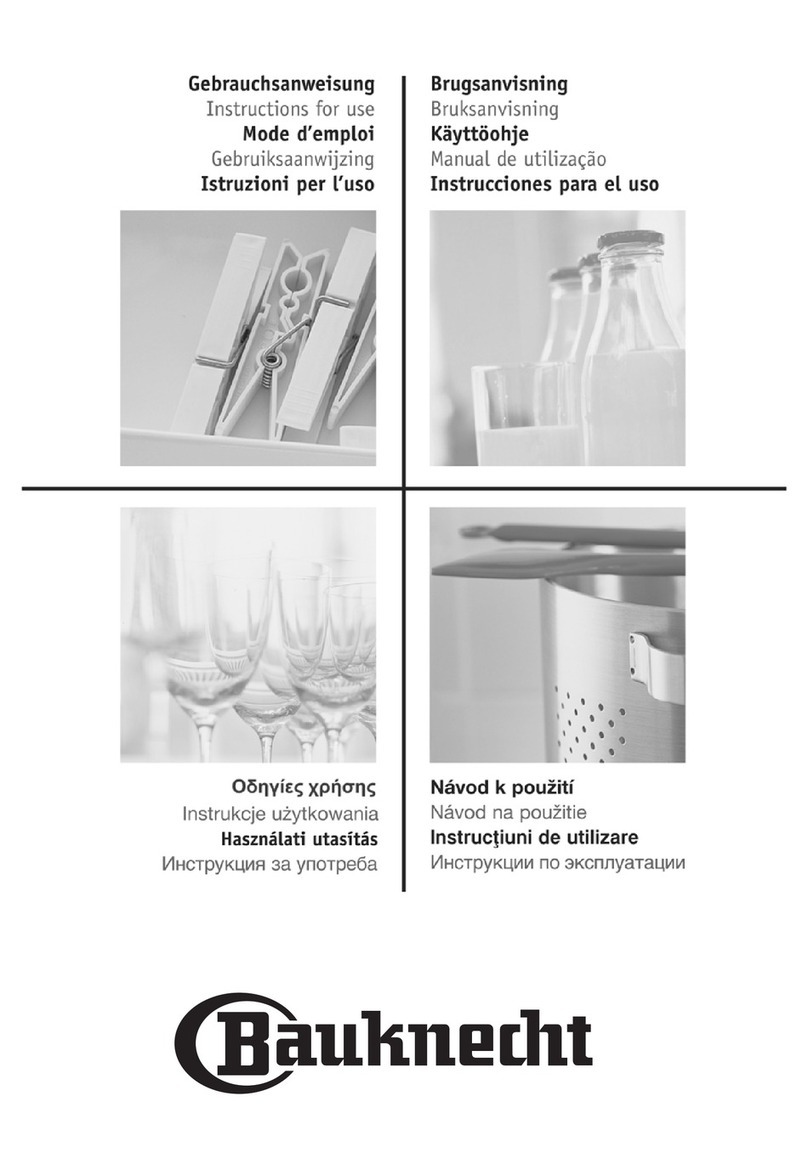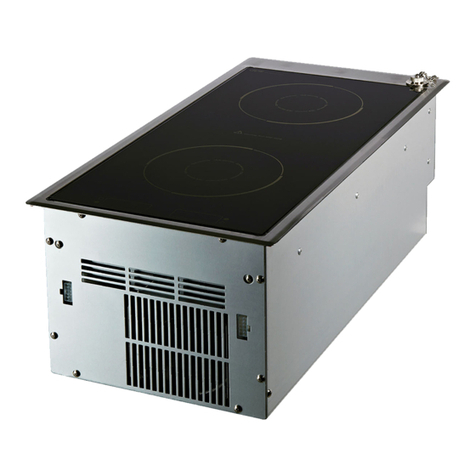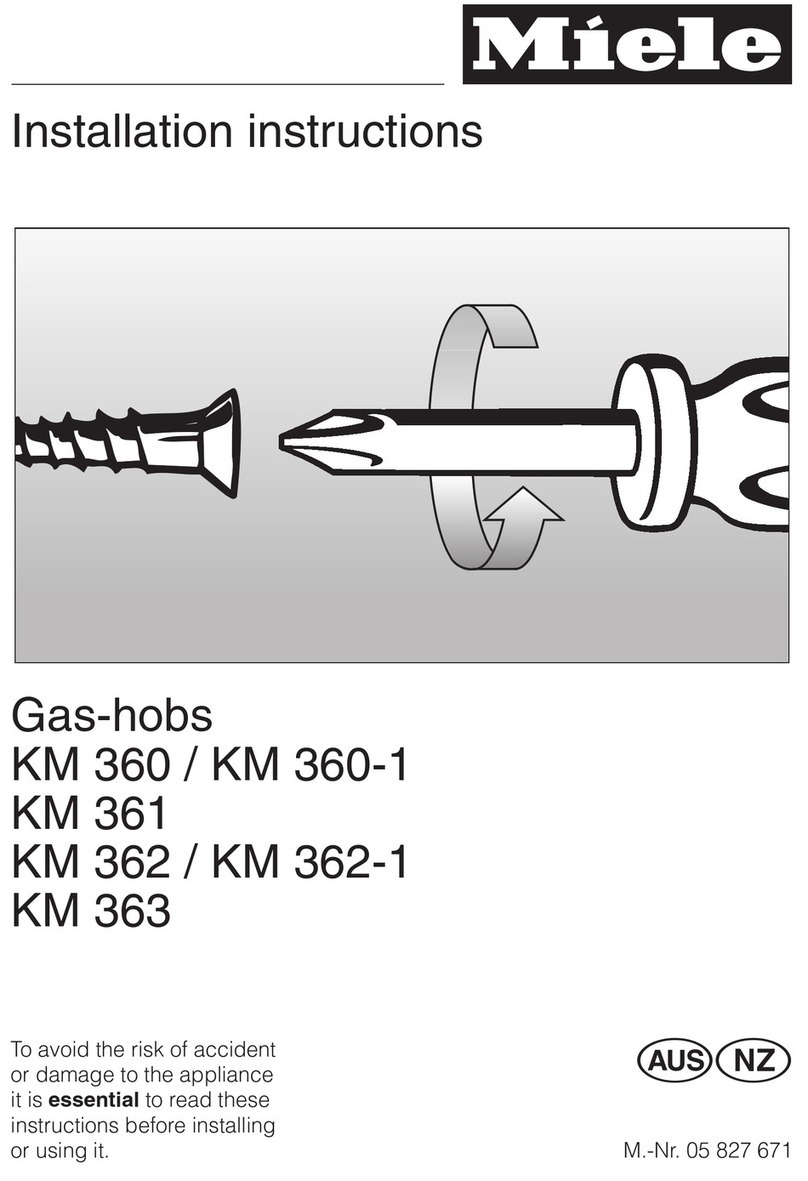5
USEFUL HINTS
After removing the appliance from its
packing, make sure of its integrity.
In case of doubt, please apply to your
supplier or to a qualified engineer.
The packing materials (plastic bags,
polyfoam, nails, metal strips etc.) must
be moved away from the reach of the
children as potential sources of danger.
– Do not attempt to alter the technical
features of the appliance as this may
result very dangerous.
– Do not carry out any operation of
cleaning or maintenance without prior
disconnection of the appliance from
the electric supply.
– Do not line the oven walls with alu-
minium foil. Do not place baking trays
or the drip tray on the base of the
oven chamber.
– If you should decide not to use this
appliance any longer (or decide to
substitute an older model), before dis-
posing of it, it is recommended that it
be made inoperative in an appropriate
manner in accordance to health and
environmental protection regulations,
ensuring in particular that all potential-
ly hazardous parts be made harm-
less, especially in relation to children
who could play with old appliances.
– Appliances produce heat and humidi-
ty in the environment in which they are
installed.
Ensure that the cooking area is well
ventilated by opening the natural
ventilation grilles or by installing an
extractor hood connected to an out-
let duct.
– If the appliance is used for a pro-
longed time it may be necessary to
provide further ventilation by opening
a window or by increasing the suction
power of the extractor hood (if fitted).
– Read the instructions carefully before
installing and using the appliance.
CAUTION: this apparatus must only
be installed in a permanently ventilat-
ed room in compliance with the applic-
able regulations.
FIRST USE THE OVEN
It is advised to follow these instruc-
tions:
• Furnish the interior of the oven by
placing the wire racks as described at
chapter “CLEANING AND MAINTE-
NANCE”.
• Insert shelves and tray.
• Turn on the oven, and operate at the
maximum temperature in order to
eliminate any traces of grease on the
heating elements (see oven operating
instructions for the specific model).
• Clean the interior of the oven with
cloth soaked in water and detergent
(neutral) then dry carefully.

